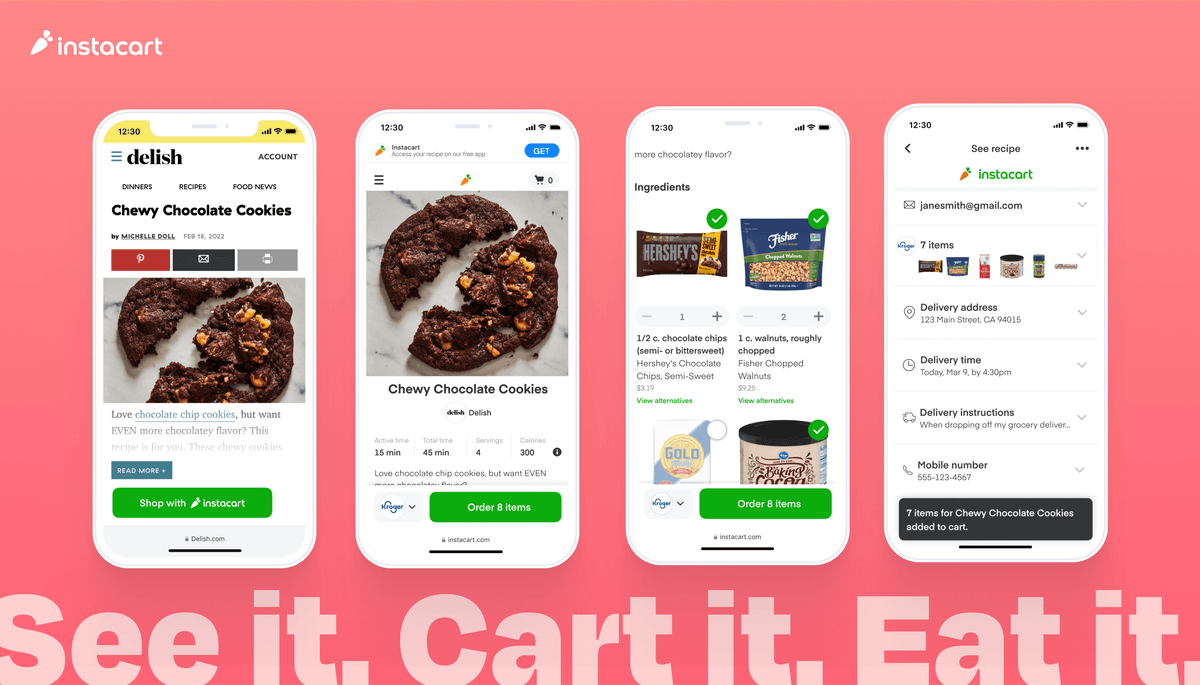The feature includes a direct tie-in with the Shop app. Users can check their balance through the app, and the rewards are redeemable for future purchases through Shop, as well.
“This is a coming of age moment for Shop. It’s become an incredible app that allows shoppers to discover great brands, check out with one tap, and track orders in real time,” said Harley Finkelstein, president of Shopify, in a statement. “Shop Cash represents the next evolution of Shop, connecting independent brands to more shoppers, and rewarding those shoppers for being loyal fans.”
The launch falls on Shopify’s 17th birthday, so the ecommerce software company is giving away Shop Cash to celebrate. For Shop Day, Shopify partnered with dozens of merchants, including Trixie Cosmetics, MrBeast and Monday Swimwear. They’ll share custom links across channels that offer cash to spend on the Shop app. In all, Shopify will give away more than $1,000,000. Brands will also be running exclusive Shop Cash offers throughout the day.
The rewards program marks a new way that Shopify is aiming to transform Shop into more of a shopping app where users can discover new items, extending beyond its initial use for post-purchase order tracking and management at launch in 2020.
Shopify has been making moves over the last year to provide more opportunities to browse and buy recommended products, as well as giving brands more tools to showcase storefronts and tell their stories. With Shop Pay, the app offers one-click checkout. There are signs that it is all inspiring users to seek out the app. Shopify said 35% of the orders on the Shop app are repeat purchases.
With more brands joining the app and infrastructure for the shopper experience and checkout in place, rewards can help make the app stickier for consumers. The opportunity to earn cash, redeem it and even check a rewards balance are all reasons to keep returning to the app, and make it a destination to shop.
Shopify has long been known as the infrastructure layer of commerce, as it provided the tools for brands to run and manage an online store under their own name. With the Shop app, it is aiming to make Shopify itself a destination for shopping. It remains a nascent effort, even as more brands have taken advantage of the new features to enhance storefronts.
This comes as marketplaces continue to rise across ecommerce, and giants like Amazon and Walmart experiment with tools that do more to boost discovery of new products.
Social media has long been the engine of discovery in ecommerce, especially in the direct-to-consumer realm that Shopify has owned. Users found products on Facebook or Instagram, then finished checkout on a brand's phase. With the push toward privacy making performance marketing more difficult and customer acquisition costs rising, the ecommerce platforms are attempting to take that power into their own hands. With advertising placed close to the point of sale through retail media and the ability to check out on the same page where a user sees a product, marketplaces and Shop are realizing new opportunities to attract, convert and deliver for users within one app. For Shop, the trick is to attract more shoppers to the app. Rewards like Shop Cash are a carrot to do just that.

 Colllaborative livestreaming on YouTube (Courtesy photo)
Colllaborative livestreaming on YouTube (Courtesy photo) (via Facebook)
(via Facebook) (via Instagram)
(via Instagram)
 Linkpop graphic (handout via Shopify)
Linkpop graphic (handout via Shopify)










